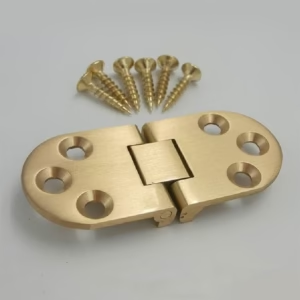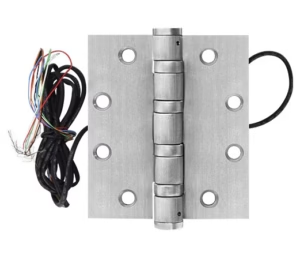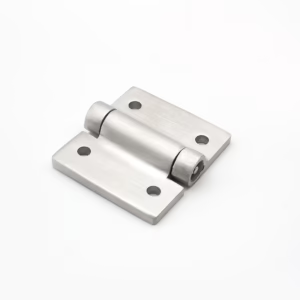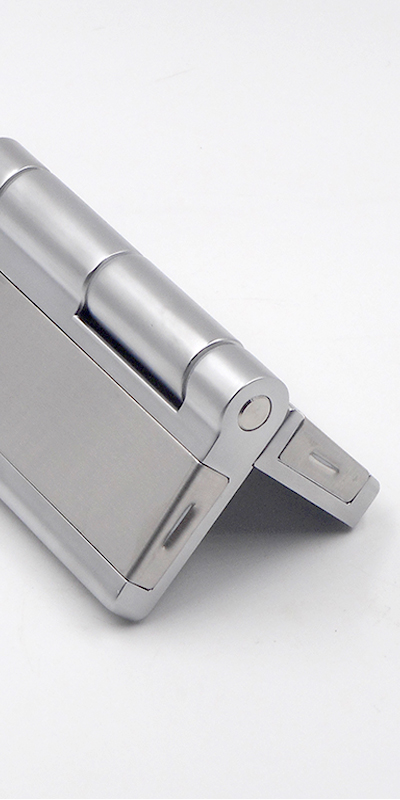After welding is complete, industrial hinges require proper post-treatment to ensure long-term performance, rust resistance, and reliable functionality.
After welding industrial hinges, it is crucial to clean off weld slag, inspect for proper alignment, apply anti-rust coatings, and lubricate moving parts. This post-welding treatment ensures corrosion resistance, long-term reliability, and smooth operation in industrial environments.
Let’s explore the essential steps you should follow after installing weld-on industrial hinges.
Why Post-Weld Treatment Is Critical for Industrial Hinges
Industrial hinges used in applications such as cold storage room hinges and trailer door hinges endure continuous movement and heavy loads. If not treated correctly after welding, the hinge system may fail prematurely due to corrosion or misalignment. Post-weld procedures help reinforce structural integrity and ensure safe, smooth hinge operation.
Post-weld treatment prevents hinge failure caused by corrosion, misalignment, and friction in demanding industrial environments.
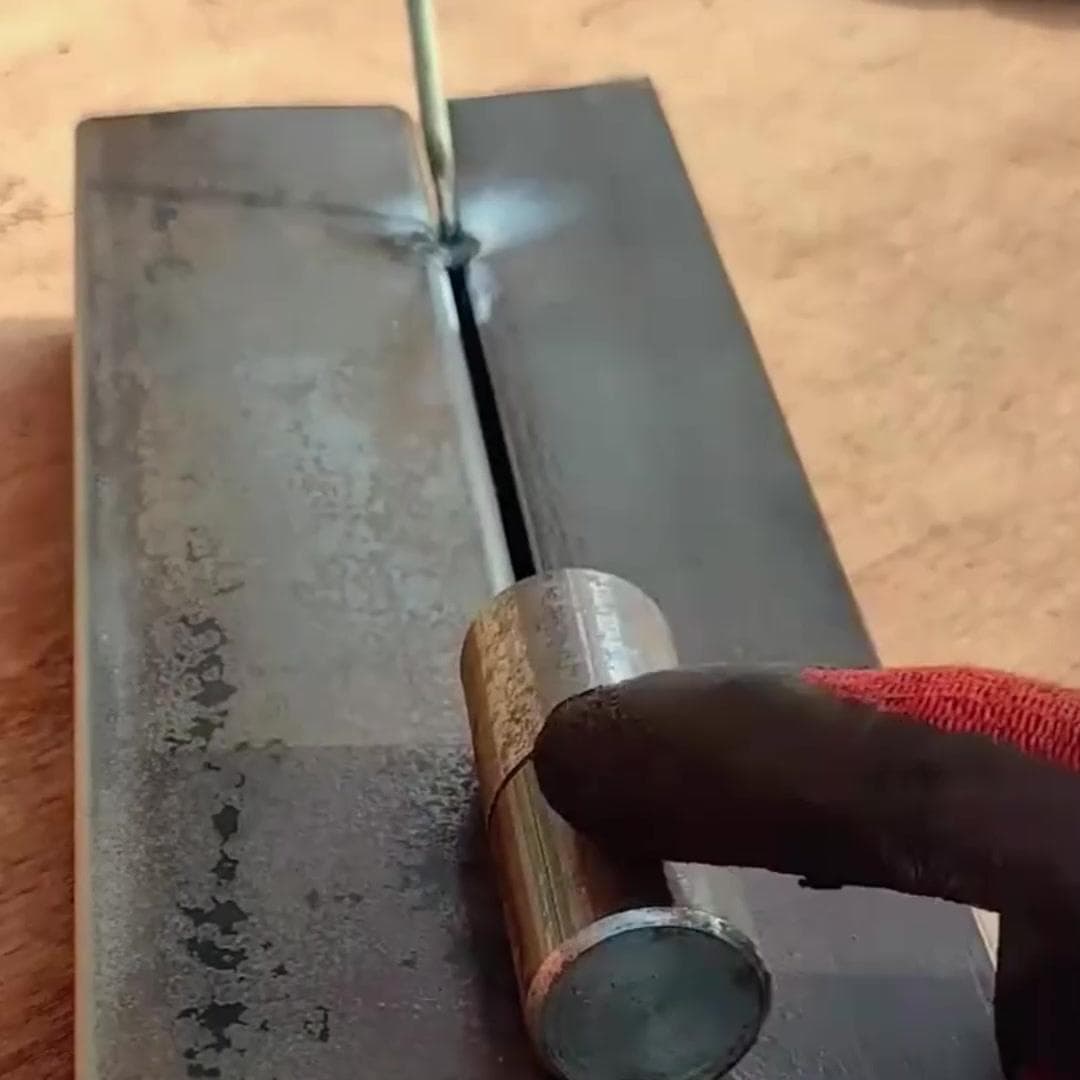
Benefits of Post-Weld Treatment
Post-weld cleaning and protection are essential in preserving hinge performance. Welds can oxidize quickly if left untreated, especially in humid or chemically reactive environments like test chambers or outdoor enclosures. Treatment also improves adhesion for protective coatings and ensures proper function.
Common Consequences of Neglect
If post-weld treatments are skipped, hinges may rust, seize, or become misaligned over time. This is especially critical in sectors like industrial oven manufacturing or industrial hinge production base environments, where equipment is expected to function flawlessly for extended periods. Preventative care saves costs and downtime.
Clean Weld Slag and Splatter Thoroughly
Slag and spatter are common by-products of welding and must be fully removed. Leftover residue not only looks unprofessional but may also obstruct hinge movement or act as a site for corrosion. Grinding and brushing are the standard techniques.
Use a grinder or wire brush to remove all slag and splatter to ensure smooth hinge motion and corrosion resistance.
Cleaning Tools and Methods
Begin with an angle grinder to flatten uneven weld beads. Follow up with a wire brush to clear small particles. For precise parts like concealed hinges, hand tools are preferred to avoid damage. All surfaces must be clean before further treatment.
| Tool | Purpose | Use on Hinges Type |
|---|---|---|
| Angle Grinder | Remove heavy slag | Heavy duty hinges |
| Wire Brush | Light residue cleanup | Weld on hinges, soft close hinges |
| Abrasive Pads | Surface prep before coating | Piano hinges, special hinges |
Safety Considerations
Always wear protective gear during cleanup. Metal dust and sparks can be hazardous. Make sure the workspace is well-ventilated, especially when using grinders on hinges that may have zinc coatings or residues.
Inspect for Alignment and Structural Integrity
A critical post-welding step is verifying hinge alignment. Misalignment can strain components, cause uneven wear, and lead to part failure. For industrial applications, hinge alignment affects the opening/closing mechanism of large panels or doors.
Ensure the hinge is aligned and opens smoothly to avoid mechanical stress or misfit in industrial assemblies.
How to Inspect Correctly
Use calipers or a laser level to check that both hinge leaves are in the correct position. Movement tests should be conducted across the full opening range. This is especially important for custom solutions like cam rise hinges that operate under special angles or motions.
Adjusting Misaligned Hinges
Minor misalignments can be corrected by re-heating and adjusting the weld area before cooling. For large hinges like butt hinges or marine hinges, hydraulic jigs may be needed to ensure parallel alignment during welding.
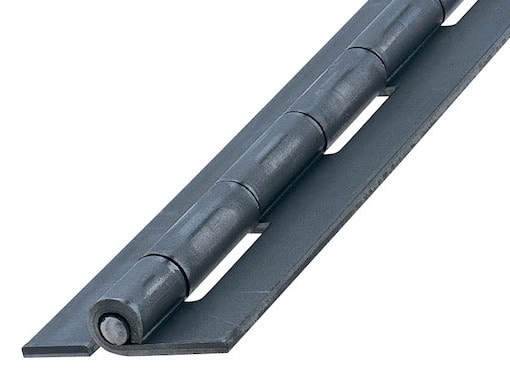
Apply Anti-Rust or Zinc Primer Coating
After mechanical cleaning and alignment, apply a corrosion-resistant coating to protect the hinge and weld area. This prevents rust and oxidation, which are common in humid or corrosive environments like those experienced by climatic test chamber hinges.
Apply anti-rust paint or zinc primer over the hinge and weld seam to protect against corrosion.
Types of Coatings
Options include cold galvanizing spray, epoxy-based rust protectants, and powder coating. Choose a coating based on the operating environment and hinge material. For aluminum-based components, specialized primers may be required to ensure adhesion.
| Coating Type | Best For | Dry Time |
|---|---|---|
| Cold Zinc Spray | Weld on hinges, aluminum hinges | ~15 mins |
| Epoxy Primer | Marine or trailer door hinges | ~30 mins |
| Powder Coating | Special or aesthetic finishes | Heat cure |
Coating Process Tips
Clean and degrease the surface before spraying. Apply in a well-ventilated area. Two thin coats are more effective than one thick coat. Allow full drying before moving on to lubrication or mechanical testing.
Lubricate Moving Parts After Installation
Industrial hinges, especially those bearing heavy loads, need proper lubrication to reduce wear. After cleaning and coating, lubrication ensures hinges operate silently and with minimal resistance.
Apply industrial-grade grease to ensure smooth hinge operation and extend service life.
Best Lubricants for Industrial Hinges
Use high-pressure grease or synthetic lubricants that can withstand high temperatures and moisture. For detachable hinges, consider using lubricants with anti-seize properties to ease future removal and maintenance.
Lubrication Tips
Apply lubricant directly into the pivot point or bearing of the hinge. For enclosed designs like soft close hinges, consult manufacturer specs. Reapply lubricant periodically based on usage intensity and environmental exposure.
Conclusion
Industrial weld-on hinges must be treated after installation to prevent corrosion, ensure proper function, and maximize lifespan. Cleaning, alignment, coating, and lubrication are critical steps that protect both hinge and equipment.

